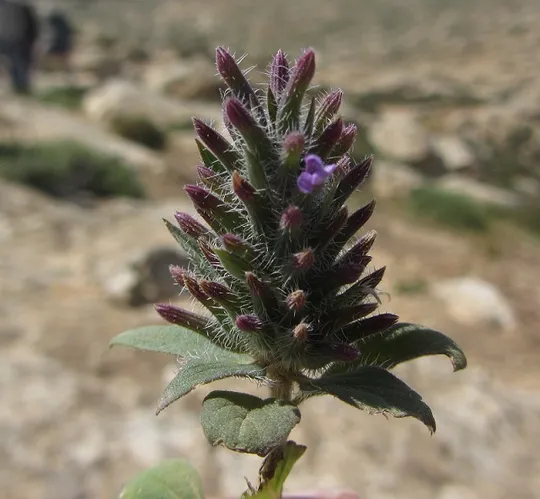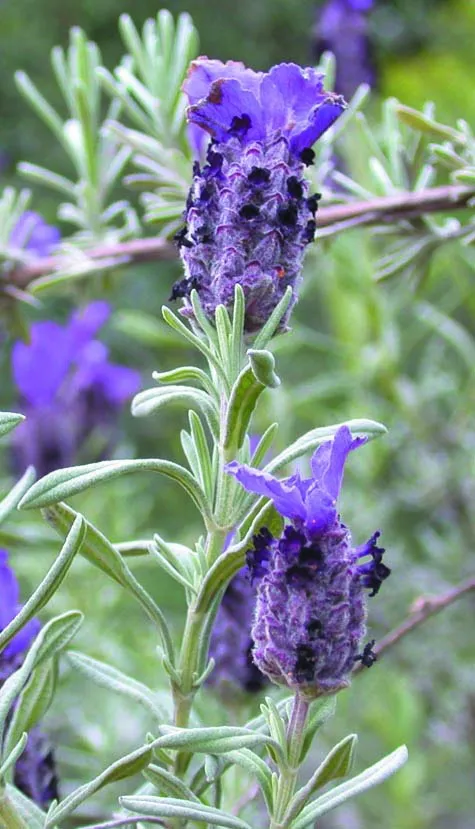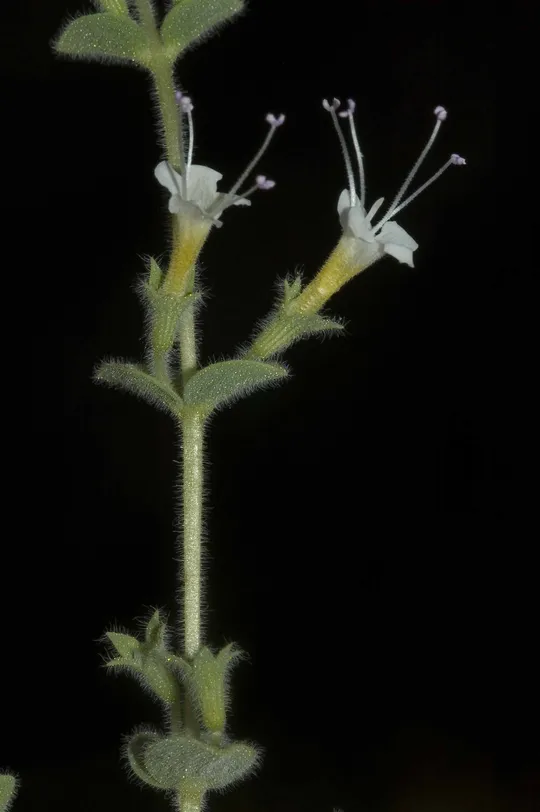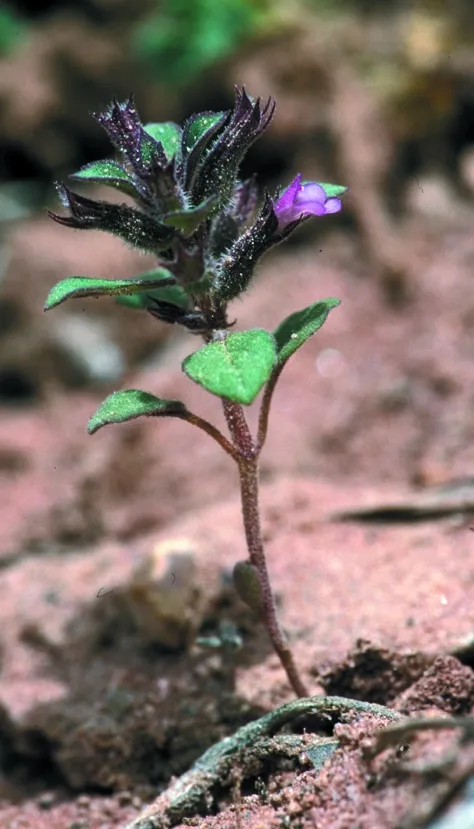Water Mint, Wild Mint
Mentha aquatica
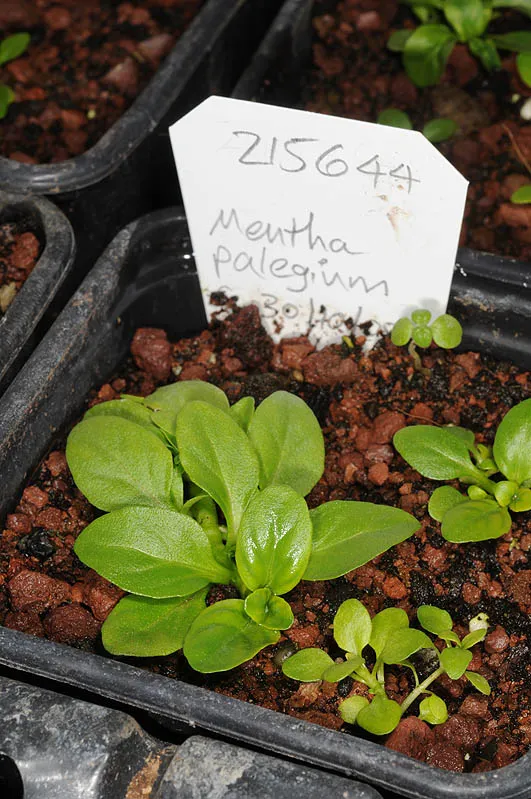
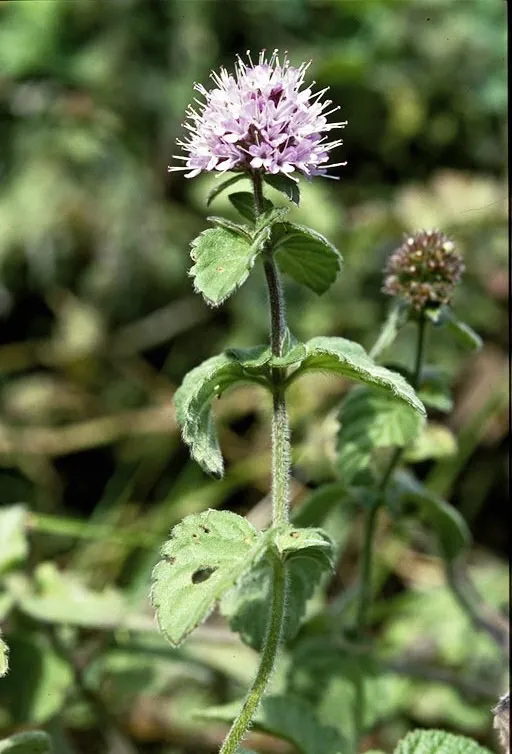
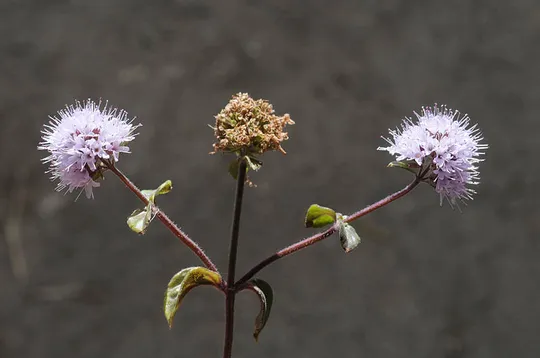
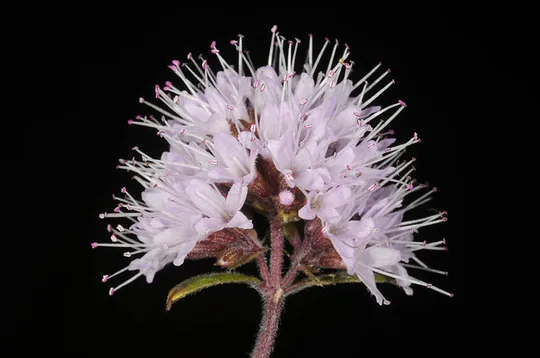
The
leaves of Mentha aquatica, like all the species in its genus, contain essential
oils, which make them useful as beverage plants. These oils have disinfecting
properties and therefore Mentha species are also considered medicinal
herbs.
Mentha aquatica grows in the
Hula Valley, the Golan Heights, the Kinarot Valley, the Acre Valley and the Sharon,
at 20 documented sites, but according to estimates, the total number of sites
is 25. It was previously collected and recorded both on the Carmel Coast
and Pleshet, but is extinct in these regions. In the lower Hermon, it was only
detected at a spring near En Qiniye.
In the Hula Valley, it is found
on seven scattered sites from the Hula Reserve to Hurshat Tal and Nuhela. M. aquatica disappeared from Ahu Gonen. In the Golan Heights
it is found on 7 sites from the Zavitan-Katsrin area to the Banias. In the Kinarot
Valley, it is found only in the Bet Tsayda valley. In the Acre Valley, it was
recorded only from a single site on the Afek road at the Hafuera Bridge, and in
the Sharon it grows in Ahu Binyamina and the Batih Pond, but is extinct from
the Hadera marsh and from Wadi Poleg. On the Carmel Coast, it once grew in the
Kvara swamp and in Pleshet – in the region of Petah Tikva, Mikve Israel, Wadi Rubin
and Bror Hayil, but the species is extinct at all these sites.
Marshes, stream banks, ponds, puddles and flooded areas.
The genus Mentha
comprises 25 species, mostly in the Old World, all aromatic. Three species grow
in Israel. Two main species are cultivated in Israel for use as an additive to
tea leaves: M. longifolia (the
most common species also in the wild) and Mentha x piperita.
·
The number of regions and sites in
which Mentha aquatica grows in Israel is
declining. It is found in only five regions (not including the Mount Hermon
foothills) compared to seven on which it formerly grew. Today M. aquatica is found at an
estimated 25 sites, compared to 36 that were recorded in the past.
·
Wetlands are the most threatened
habitats in Israel. The dangers to the habitat – desiccation, salinization and
pollution, threaten some of the sites where the species grows today. Picking leaves
for tea and other beverages threaten existing populations as well.
·
In the Hula Valley the plant is
protected in the Nuhela springs, Brid, Hurshat Tal and the Hula Reserve, all of
which are located within nature reserves. In the Golan Heights M. aquatica is protected in the
Banias Nature Reserve. In the remaining regions, the sites are not located in
declared nature reserves.
·
M. aquatica is not endangered in
Europe and in the North Mediterranean countries, but its populations are
threatened in the North African countries. It is extremely rare in Cyprus and
is classified as "critically endangered" (CR) in the Red Book of the
island.
Suitable water
levels should be maintained and pollution prevented at sites where Mentha aquatica grows. Harvesting for
use in the preparation of beverages should be forbidden.
Mentha aquatica is a sub-cosmopolitan
species that grows in the temperate regions of Europe and America, with the
exception of the extreme north. It has also been recorded from the Madeira and
Azores islands in the Atlantic Ocean. In the Mediterranean Basin, it is a
common species in the countries north of the Mediterranean, but in North Africa
it is found only at a few sites in Morocco, Algeria, Tunisia and Libya.
Mentha aquatica is a perennial aromatic
aquatic plant that grows mainly in marshy aquatic habitats. It classified as an
endangered species due to its rarity, the damage to its habitat and the
diminishing number of regions and sites where it grows in Israel and due to its
attractiveness as a plant used for making tea. In Israel, it is a peripheral
species relative to its global distribution in temperate regions. It is not globally
endangered, but in North Africa, its sites are few and threatened.
Current Occupancy Map
| 1000 squre meter pixel | 5000 squre meter pixel | 10000 squre meter pixel | |
|---|---|---|---|
| number of observations | 0 | 0 | 0 |
| in total pixels | 0 | 0 | 0 |
| Family | Lamiaceae |
| Classification | On the endangered species list |
| Ecosystem | Mediterranean humid |
| Chorotype | Cosmopolitan |
| Conservation Site | Hula Reserve, Ahu Binyamina |
| Rarity |
1
1
6
|
|---|---|
| Vulnerability |
0
2
4
|
| Attractiveness |
0
2
4
|
| Endemism |
0
0
4
|
| Red number |
1
3.2
10
|
| Peripherality | N |
| IUCN category | DD EW EX LC CR EN VU NT |
| Threat Definition according to the red book | Vulnerable |
 Based on:
Based on:
